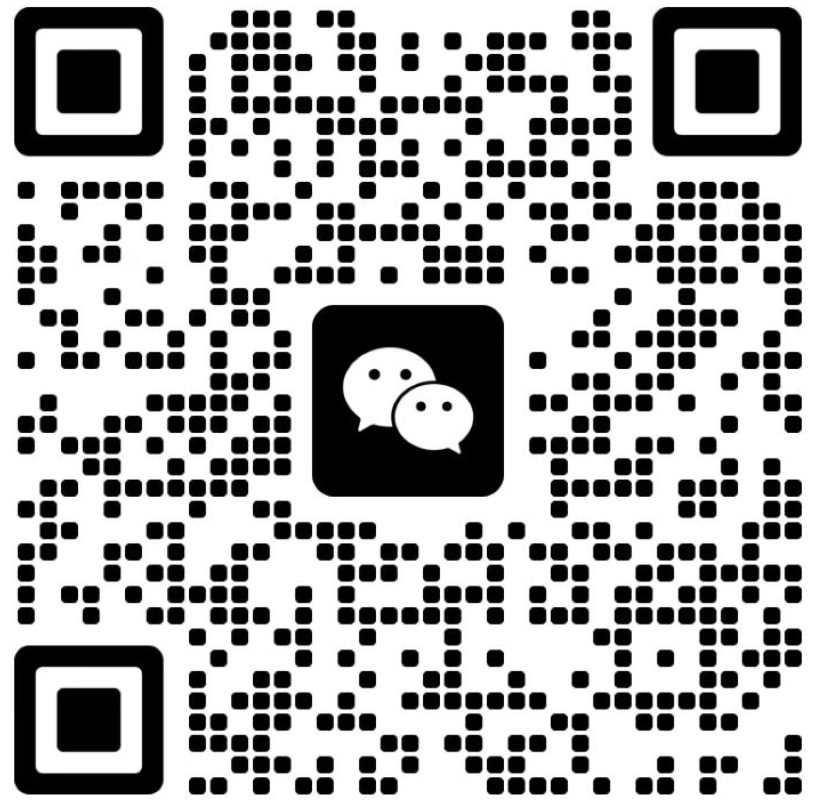Content
Contact us
Recombinant Rabbit Anti-IL-7 Monoclonal Antibody, clone BT2699, det
- Description
- Documentation
- Citations
| Cat No | BQSB-750-D |
| Conjugate | |
| Type | 抗體對 |
| Clone | BT2699 |
| Source | Rabbit |
| Tag | N/A |
| Size | 1 mg |
| Application | ELISA |
| ApplicationNote | Recommended Antibody pairs: BQSB-750-C-BQSB-750-D |
| Format | Liquid |
| Concentration | Please refer to the vial lable for the specific concentration. |
| Buffer | Supplied in PBS. |
| Storage | Shipped at 4℃. Store at -20℃ for one year. Avoid repeated freeze/thaw cycles. |
| Synonyms | 2-oxoglutarate dehydrogenase complex component E2;Dihydrolipoamide S succinyltransferase (E2 component of 2 oxo glutarate complex);Dihydrolipoamide S succinyltransferase;Dihydrolipoamide succinyltransferase component of 2 oxoglutarate dehydrogenase complex;Dihydrolipoamide succinyltransferase component of 2-oxoglutarate dehydrogenase complex;Dihydrolipoyllysine residue succinyltransferase component of 2 oxoglutarate dehydrogenase complex;Dihydrolipoyllysine residue succinyltransferase component of 2 oxoglutarate dehydrogenase complex mitochondrial;Dihydrolipoyllysine-residue succinyltransferase component of 2-oxoglutarate dehydrogenase complex;Dlst |
| Purification | |
| MolecularWeight | |
| Description | |
| Background | The protein encoded by this gene is a cytokine important for B and T cell development. This cytokine and the hepatocyte growth factor (HGF) form a heterodimer that functions as a pre-pro-B cell growth-stimulating factor. This cytokine is found to be a cofactor for V(D)J rearrangement of the T cell receptor beta (TCRB) during early T cell development. This cytokine can be produced locally by intestinal epithelial and epithelial goblet cells, and may serve as a regulatory factor for intestinal mucosal lymphocytes. Knockout studies in mice suggested that this cytokine plays an essential role in lymphoid cell survival. Alternative splicing results in multiple transcript variants encoding distinct isoforms. Additional splice variants have been described but their presence in normal tissues has not been confirmed. |
We can offer labeled proteins/antibodies using a broad range of intensely fluorescent dyes and labels including FITC; Biotin; Alexa Fluor; Rhodamine B; Cy; Co-Au.

 QQ交談
QQ交談